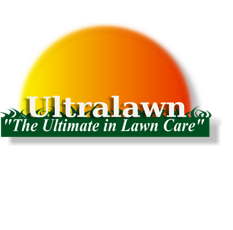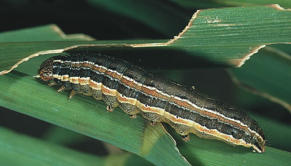
Fall Army Worm



Ultralawn Incorporated
1055 East 260th Street
Euclid, OH 44132
216.731.7756
440.951.3738
Office hours Monday-Friday 9-3 call today with any questions

The fall army worm can cause serious damage to all types of turf
grasses when coupled with summer heat stress, they may cause major
thinning of your lawn.
Description: The adult moths have wings with a rather common
background color of dull brown, gray, and black, with no outstanding
prominent identifying marks. They will tend to venture to street lights
or lamp posts at night time. The larvae (caterpillars) have background
colors of essentially dull gray or brown to nearly black, but are
interspersed with minor amounts of brighter colors, mainly in the
stripes.
What Do I Look For? Army worms may hide during the day in the thatch, but older larvae do not hide during
the day because they feed continuously. Fall army worm feeding damage is similar in appearance to that
caused by excessive fertilization or herbicide injury. The presence of army worms can be verified by parting the
grass stems to the ground and looking for the presence of the army worms, chewed leaves, or piles of small,
greenish to brown colored pellets they leave as excrement. These waste piles will be very noticeable in heavily
infested areas. The fall army worm migrates north each year from the southernmost regions of North America.
Fall army worm moths arrive in July, and there are at least 2 generations each season before the moths
migrate south in the fall.
Control and Management: This insect is controlled in the larval stage through an application of surface insect
control. It is important however, to remember to water this product in ensure control. Also, make sure to have
your lawn aerated once a year to help reduce thatch.



















